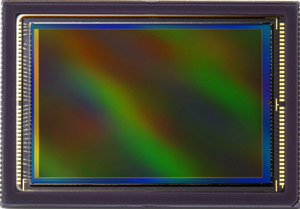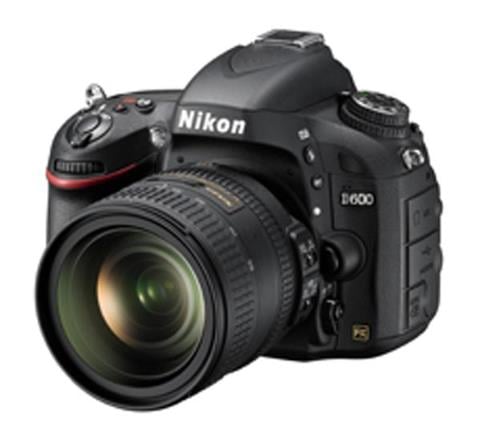Imaging Sensors: APS sensors

What is an APS sensor?
APS stands for active pixel sensors. It refers to a type of imaging sensor where each photsite or pixel has its own amplifier unlike passive pixel sensors or PPS (an example is the CCD sensor). PPS or passive pixel sensors amplify captured electrons somewhere else in the circuit. APS or active pixel sensors amplify electrons as they are read.
APS sensors use the CMOS process to read the information on the sensor. That is why there are imaging sensors known as the CMOS sensors. CMOS or complementary metal-oxide semiconductors are widely used in large scale integration circuits – very fast computers. The use of the CMOS process in an imaging sensor also introduces speed in performance.

How does an APS sensor work?
Like CCD sensors – an earlier and more mature technology, APS sensors have photosites. APS or CMOS sensors do not implement the shift register strategy but use an array of transistors to read data. When light strikes the photosite electrons are ejected from the photoactive material. The electrons are then read row by row. The CMOS transistors act as switches and amplifiers. CMOS is known for its fast switching or high frequency operation – that is why we have computers over 3GHz in processing speed.


Application in Photography
Similar to CCD sensors, CMOS APS sensors need color (bayer) filters, infrared filters and a microlens array. APS sensors are also color blind and are sensitive to infrared filters. The color filters are used to filter each color component of light – red, green, blue so that each pixel has the luminance value of the each color component. These components are re-combined after the reading process. The microlens array are used to focus light to the photosites.
APS or CMOS sensors are commonly found in large cameras like DSLRs. It is mainly due to the size of the sensor. Because each pixel or photosite has at least three transistors beside them, the surface area needed to produce the same pixel count as a CCD equivalent is larger.
Variations of the APS or CMOS sensor
Variants of the APS sensor usually vary according to how the image is exposed or read. This variation depends on what kind of shutter is used and those are: mechanical rolling shutter, electronic rolling shutter, or global shutter.
Mechanical rolling shutter APS sensors use a physical shutter to expose each row of pixels. The reason why the sensor photosites needed to be exposed per row is that if all are exposed at the same time and the circuit is only capable of reading a row at a time, there is a risk of losing electrons in the sensor photosites that are not immediately read. When each row of pixel or photosites are exposed at a time, each row can be immediately read after exposure. The term rolling came from the fact that the shutter “rolls” as it exposes a row of sensors at a time.
Electronic rolling shutter uses switches to activate each row of pixel or photosite. After exposure, the row of photosites is read then the next row is activated.
Global Shutter APS does not require rolling shutters. With the addition of a couple of transistors per pixel, the entire array can be exposed at the same time and the images are read at the same time.





